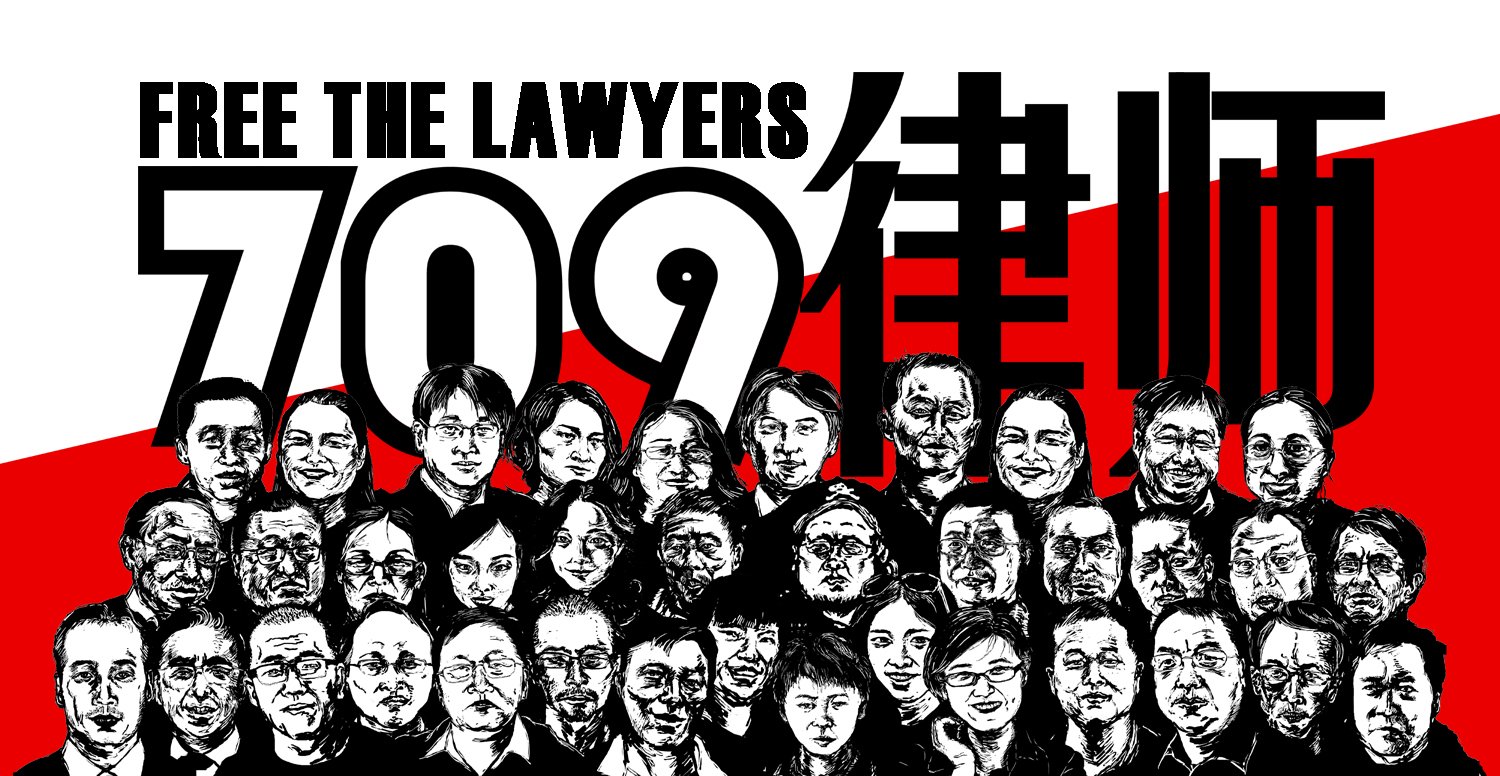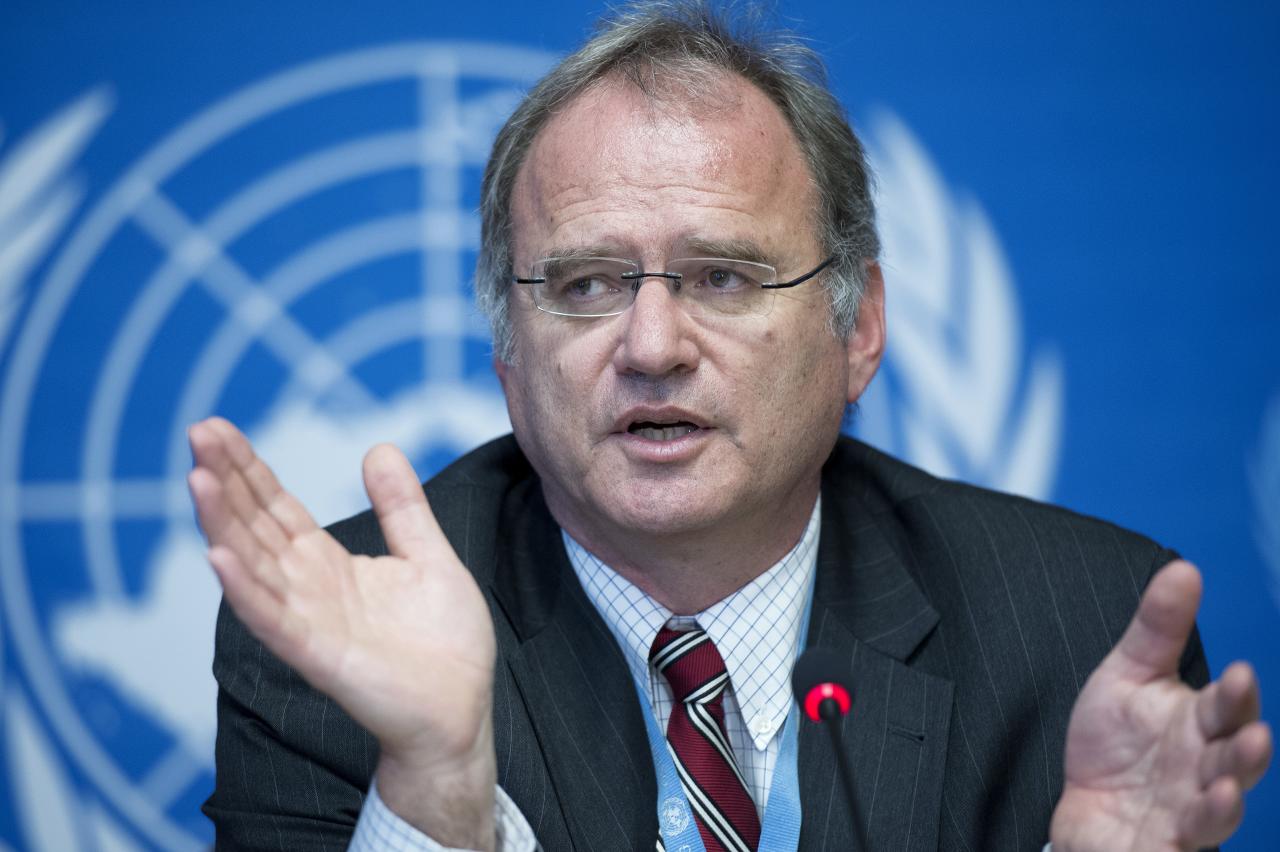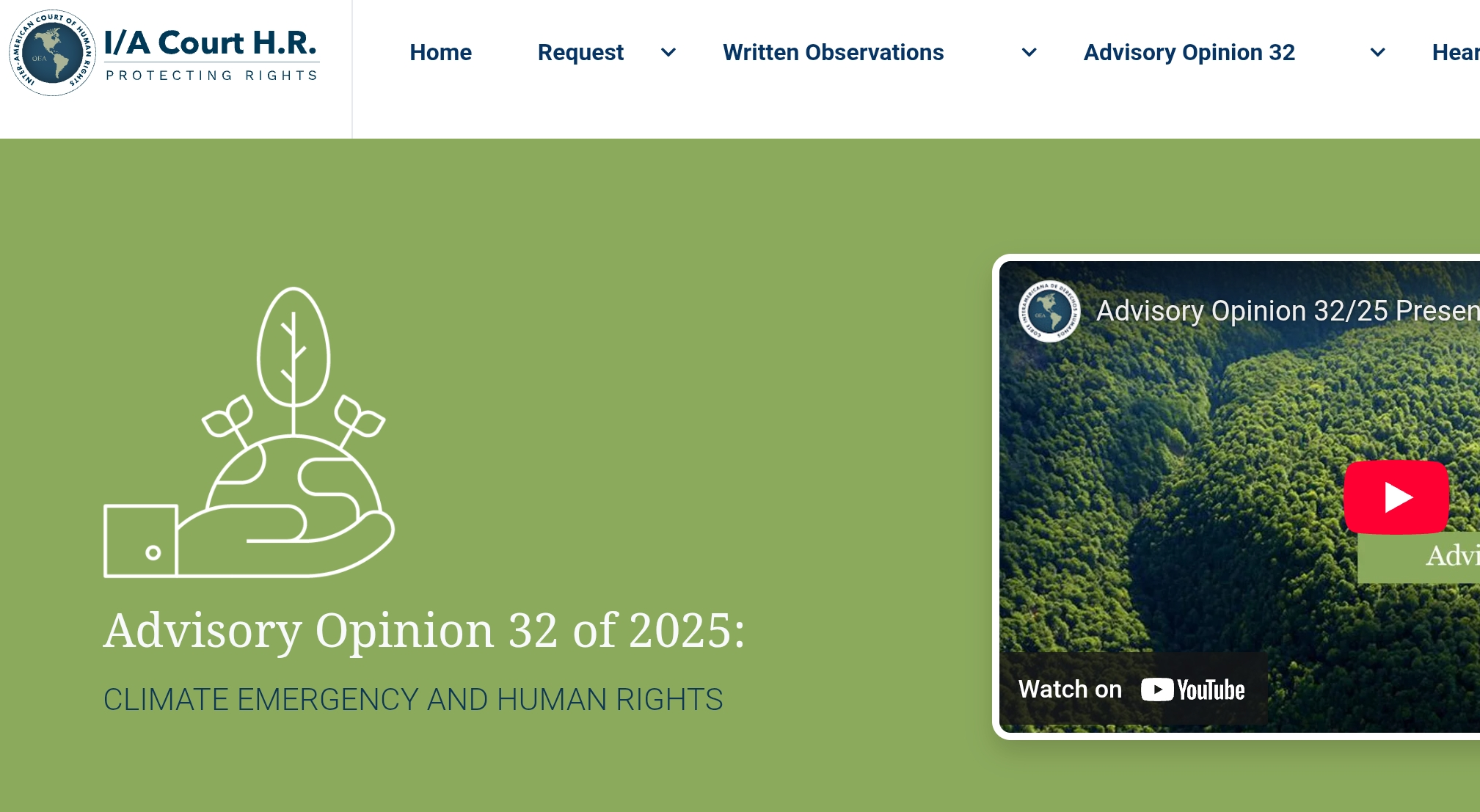By Christof Heyns, UN Special Rapporteur on extrajudicial, summary or arbitrary executions and Co-Director of the Institute for International & Comparative Law in Africa (University of Pretoria); and
Thomas Probert, from the Office of the High Commissioner for Human Rights and Research Associate at the Centre of Governance & Human Rights (University of Cambridge).
It has become clear that information and communication technologies (ICTs) can play an increasing role in the protection of all human rights, including the right to life. Information harnessed in this way can be used to assist investigations or secure accountability, but the technology can also ensure visibility or mobilize support for persons in immediate danger.
A dearth of information can contribute to impunity. Many human rights violations may be committed not because perpetrators believe they are justifiable, but because they believe they will not be called upon to justify themselves. This can place a premium on fact-finding and evidence.
The fact that so many people now carry around a video camera as part of their mobile phone has increased the potential for documentation of a human rights violation by civilian witnesses. While witness testimony has long been a cornerstone of human rights fact-finding, it has traditionally been gathered by professionals. ICTs, which enable people to share such information on their own via social media platforms such as Twitter or YouTube, thus have enormous potential to promote pluralism and accountability in human rights work.
A number of NGOs are already offering training to citizen witnesses on how to produce and transmit material with stronger evidentiary value, with practical information about the kind of detail to capture in witness videos (such as licence plates, uniform numbers or landmarks) and how to share them safely and in such a way that chain of custody is ensured.
The idea of our actions being recorded can influence our behaviour. The rather random chance of an event being recorded by a passer-by on their mobile phone is one thing, but it is also increasingly possible to use other recording in human rights investigations, from the highly technological (such as satellite imagery) to the more familiar (CCTV cameras) as well more recent and tailored innovations, such as body-worn cameras for police officers. Of course, all surveillance comes down to a balancing act between safety and privacy – there are more questions to ask about all of these mechanisms, but initial evidence for example suggests that body worn cameras can have a significant positive impact on levels of unlawful violence.
With respect to protection, the new digital age comes with new and evolving threats (including the covert surveillance of populations, and targeting of individuals based on their online communications) but it also offers certain opportunities to protect citizens and activists.
For example, various organisations are developing alert applications that defenders, journalists and others can use to send a signal that they are in danger. Amnesty International has developed a ‘panic button’ application — disguised as an ordinary utility — that allows users secretly to send an alert message to pre-selected contacts by rapidly pressing the phone’s power button. When activists or journalists are attacked or detained, their phones are often taken for the lists of contacts they store. The hidden application would continue to broadcast alerts, which are not only calls for help but also warnings to the contacts that they should take security precautions themselves. Such applications aim to broadcast information to the people who need it in the vital first few hours after a detention or intimidation.
In general, digital connectivity enhances the ability of people to participate in human rights monitoring. ICTs create opportunities for pluralism that can democratise the process of human rights fact-finding, as well as offering mechanisms of social accountability through which citizens can hold States and others to account.
This has far-reaching implications for the established power relations in human rights work, as well as opening up contexts that might otherwise be closed to scrutiny. In circumstances where the physical presence of human rights investigators can be a challenge, the sensitive use of ICTs can help to avoid the kind of information austerity that can impede effective responses.
Of course, while ICTs can provide a powerful resource, they are most effective when used in a complementary fashion with older techniques and mechanisms. ICTs cannot foster accountability on their own: they must be integrated into traditional forums for human rights (including the Human Rights Council). Moreover, we must avoid reinforcing the digital divide by permitting the assumption that ‘if it’s not on YouTube it didn’t happen’. The same caveats apply to the potential of ICTs to offer greater protection to human rights defenders – having alert apps or GPS bracelets will not, in isolation, make activists safer and sometimes having too great a digital footprint will expose activists to danger.
Nonetheless, it seems that the affordances of the digital age – allowing the greater connectivity of an individual defender with his or her local and international network – can be innovatively applied and, if supplied along with adequate training, might well save lives.




